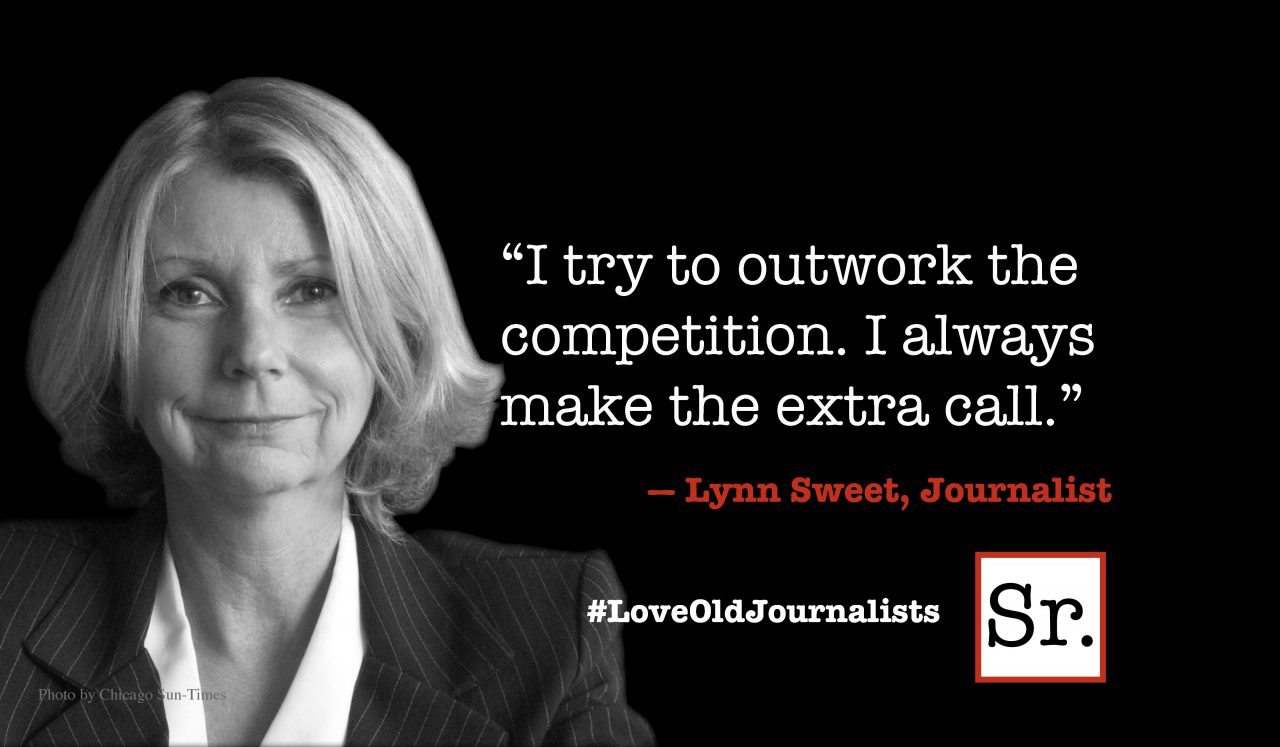On Jan. 15, 2009, U.S. Airways Flight 1549 took off from La Guardia Airport in New York City with 155 people on board.
The plane struck a large flock of Canadian geese over Manhattan, lost both engines and safely landed in the Hudson River. A National Transportation Safety Board official said this flight "has to go down as the most successful ditching in aviation history."
Capt. Chesley B. Sullenberger III, a former Air Force pilot with 20,000 hours of flight experience, became an instant hero the world over. Capt. Sullenberger quickly made it clear that it was the result of teamwork and adherence to procedure more than anything he may have done.
We pushed back and insisted that the captain was our hero. And he continued to credit his team and their professionalism.
In his book, "The Checklist Manifesto," Dr. Atul Gawande details this story and many others — mostly from health care — to illustrate the power of the lowly checklist. The airlines have been running checklists for decades. There are checklists designed for routine steps in aviation, as well as checklists for all kinds of emergency situations.
The flight 1549 crew had more than 150 total years of flight experience —150 years of running their checklists over and over. The heroism came from the ability to remain calm under extreme pressure and the discipline required to follow airline emergency procedures.
Interestingly, the crew pulled together as a team not because they had worked together before, but because they had all been trained in and performed the same checks. It was the check-listed procedures that the team rallied around to save 155 lives.
Dr. Gawande believes that most of us have an opportunity to reduce the complexity in our lives and professions by searching out the patterns of successes and failures and putting a few formal checks in place. He is on a mission to prove this theory in health care.
There are numerous examples of checklists being used in health care environments to reduce the risk associated with surgical procedures and intensive care stays. As our work becomes more complex by the minute, could a simple and inexpensive checklist help reduce variability, decrease stress and minimize costly mistakes?
I am looking forward to taking the checklist challenge myself and enjoying a little less stress. Benefiting from the checklists we have already created really motivates me.
For example, preparing for our annual bike ride across Missouri, we pulled the file with all the details from our last ride. We eliminated time, the need to analyze options and make decisions by reviewing the notes and converting them into a checklist. We're saving our energy for peddling.
What are some of your most complex tasks in either your professional or personal life? Try developing a few checklists to see if you can't make your work less stressful and save time while minimizing the opportunity for mistakes. Check out your smartphone checklist options. Yes, there's an app for that.









